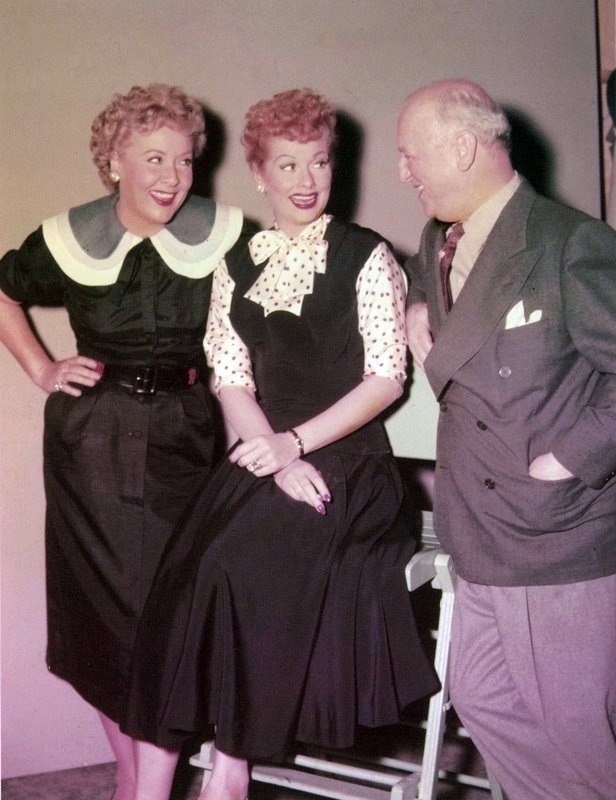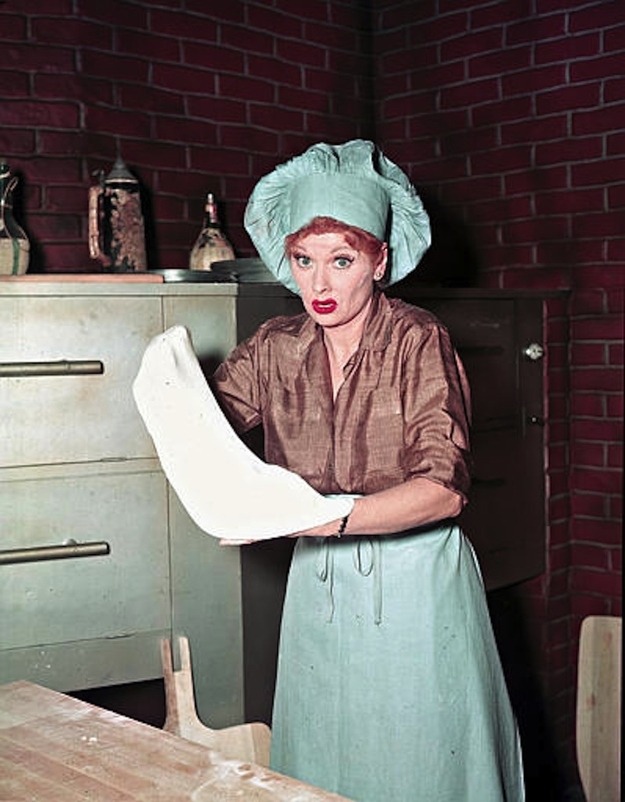
These Rare Color Photos Of “I Love Lucy” will take you back in time
I Love Lucy is often regarded as one of the greatest and most influential sitcoms in history.The black-and-white series starring Lucille Ball, Desi Arnaz, Vivian Vance, and William Frawley originally ran from October 15, 1951, to May 6, 1957, on CBS. After the series ended in 1957, however, a modified version continued for three more seasons with 13 one-hour specials, running from 1957 to 1960, known first as The Lucille Ball-Desi Arnaz Show and later in reruns as The Lucy–Desi Comedy Hour.

Despite steadily working in pictures, Lucy’s movie career never advanced to the level of a headlining feature-film actress; nevertheless she remained popular with movie audiences. After receiving critical acclaim for her starring role in the 1942 Damon Runyon filmThe Big Street (with Henry Fonda), Ball came to the attention of Metro-Goldwyn-Mayer, which bought out her contract. It was at MGM that Ball, who had been a blonde, dyed her hair red to complement the Technicolor features that MGM had planned to use her in. MGM used Ball in a variety of films, but it was her work with funny man Red Skelton in the 1942 film DuBarry Was a Lady that brought Ball’s physical comedy into the forefront, earning her the reputation as “that crazy redhead”, as Ricky would later call her. Nonetheless, Ball’s striking beauty was in sharp contrast to physical antics she did in her films; thus, MGM tried to use her in an array of different film genres that did little to highlight her skills. Being difficult to cast, MGM chose not to renew her contract when it expired in 1946.

The show, which was the first scripted television program to be shot on 35 mm film in front of a studio audience, won five Emmy Awards and received numerous nominations. Another award that the show won was the coveted Peabody Award for “recognition of distinguished achievement in television.”

I Love Lucy was the most watched show in the United States in four of its six seasons, and was the first to end its run at the top of the Nielsen ratings (an accomplishment later matched only by The Andy Griffith Show in 1968 and Seinfeld in 1998) . The show is still syndicated in dozens of languages across the world, and remains popular, with an American audience of 40 million each year.A colorized version of its Christmas episode attracted more than eight million viewers when CBS aired it in prime time in 2013 – 62 years after the show premiered.A second colorized special, featuring the “L.A. At Last!” and “Lucy and Superman” episodes, aired on May 17, 2015, attracting 6.4 million viewers.